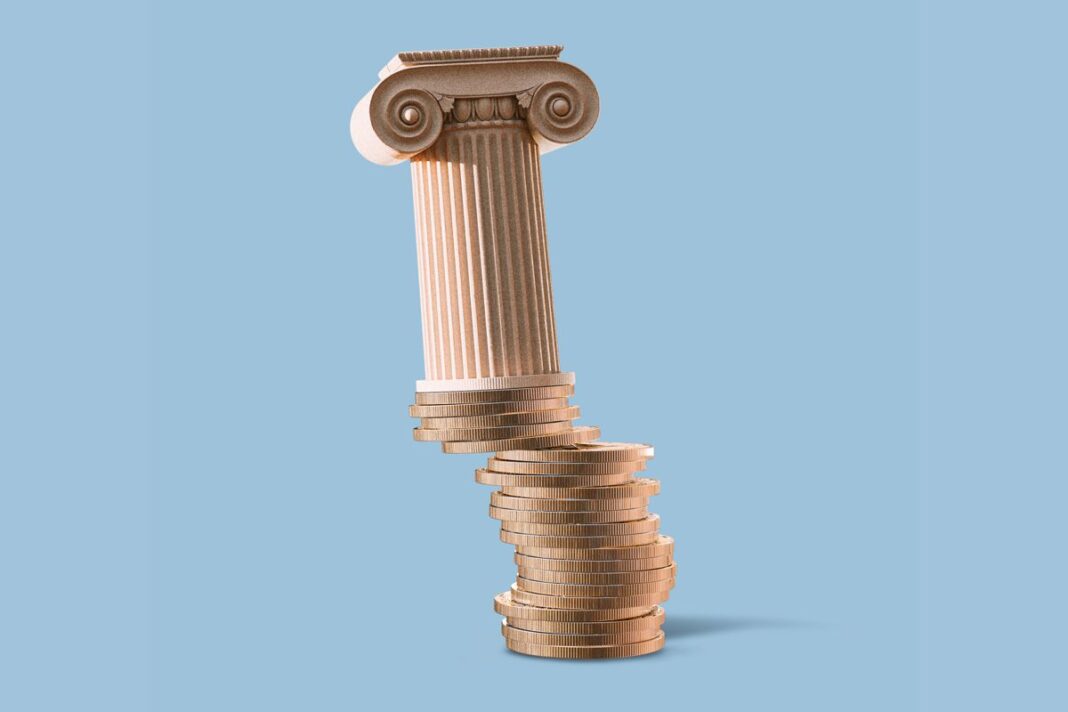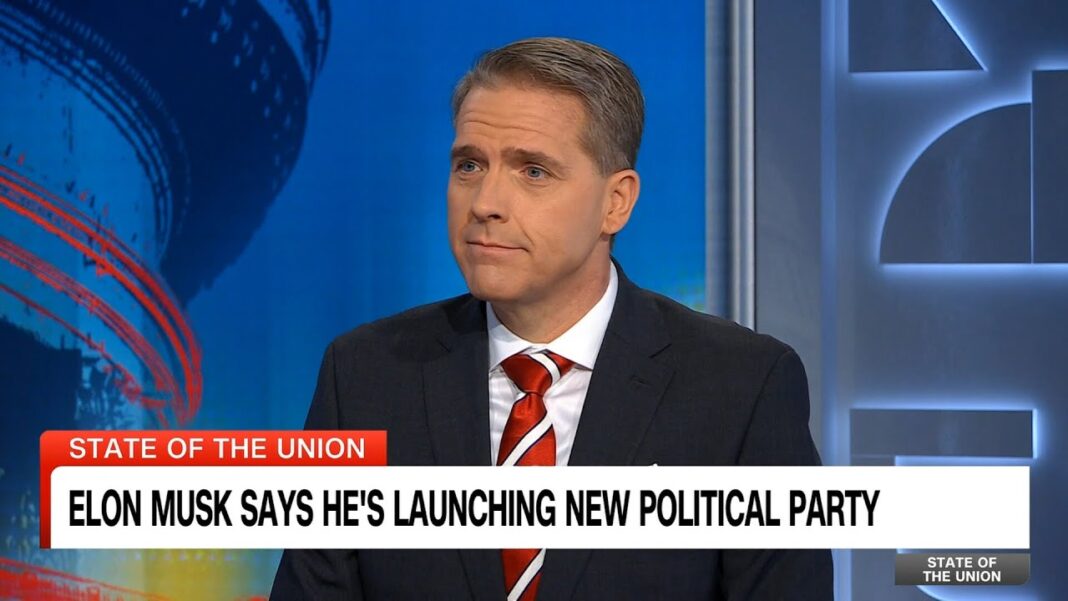‘The future of higher education will be different, but it doesn’t have to be bleak,’ one academic expert said.
Colleges and universities across the country, both public and private, face financial challenges ahead of the upcoming academic year, regardless of their size, wealth, and prestige.
Layoffs or hiring and wage freezes were recently announced at affluent schools including Cornell, Temple, Northwestern, Duke, Notre Dame, Emory, the University systems in California, Maryland and Nebraska, and the University of Kansas, according to their respective websites.
Tuition hikes, meanwhile, are planned at public universities this fall in Alabama, Illinois, Minnesota, Montana, Oklahoma, and Oregon, in addition to several private schools, including Brigham Young, Stanford, Marquette, Georgetown, and most of the Ivy League institutions, their leaders announced in recent weeks.
Pennsylvania university system trustees announced May 22 that seven campuses will close within two years, and five more are still in scope to eventually shut down if enrollment doesn’t increase. Ten of the campuses reviewed had maintained courses with fewer than seven students, and nine campuses had fewer than 660 students. Collectively, the dozen campuses tallied a $29 million operating deficit in 2024.
With fewer prospective students due to the post-Great Recession birth dearth, fading public confidence in higher education, and federal funding cuts to colleges and universities, more schools in the years ahead will be forced to eliminate programs, raise prices, merge with other institutions, or close entirely unless they drastically change the way they do business, policy experts say.
“They’ll need to make these hard decisions,” Peter Wood, president of the National Association of Scholars and a former tenured university professor and college provost, told The Epoch Times. “The real story is these institutions die hard. They don’t believe they are going to be subject to the laws of nature.”
Not Enough Students to Go Around
U.S. higher education enrollment, which sat at around 20 million, decreased by more than 1 million students between 2012 and 2022, according to the National Student Clearinghouse Research Center. A surprise spike in enrollments was reported for the 2022–23 school year, but that was mainly due to an increase in online enrollment and college-level course offerings at high schools.
The “enrollment cliff” has become a common phrase in higher education. The U.S. birth rate had already been declining steadily since 1990, and the Great Recession, which spanned from late 2007 to mid-2009, further exacerbated that trend. The number of babies born annually in this nation decreased from 4.2 million in 2008 to 3.6 million in 2020, according to data from the Centers for Disease Control and Prevention and a 2023 research report from the Trellis Company, a nonprofit research firm.








